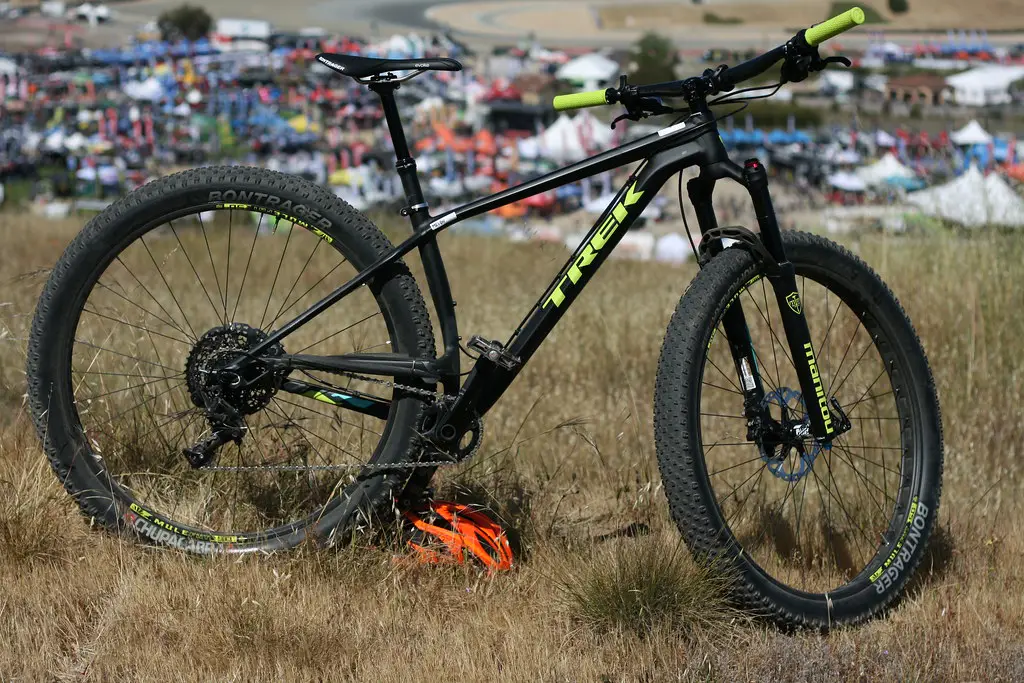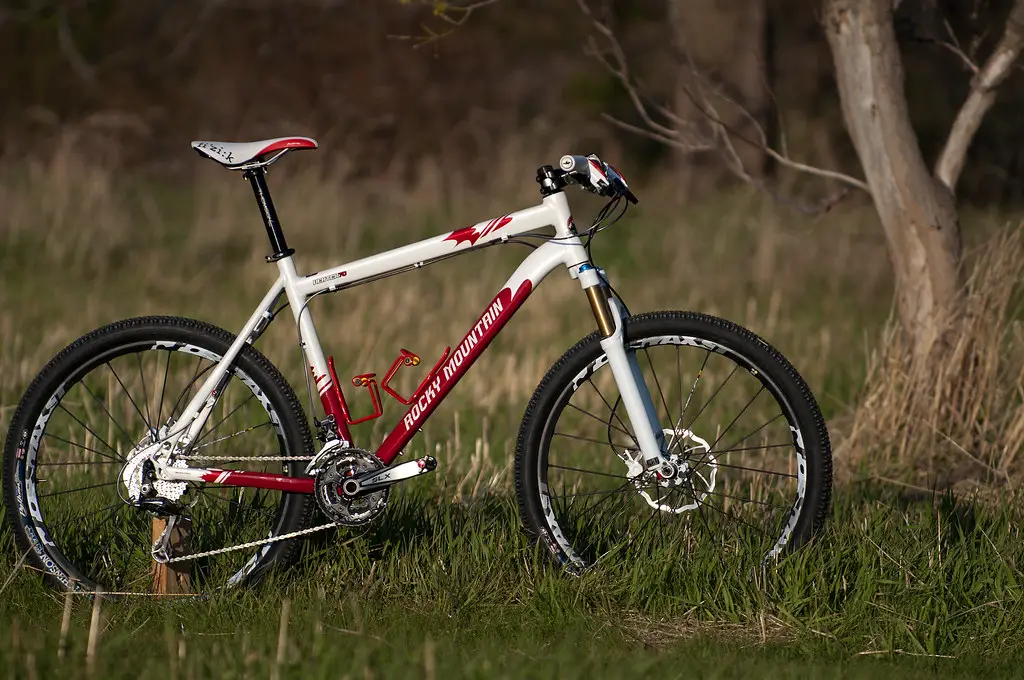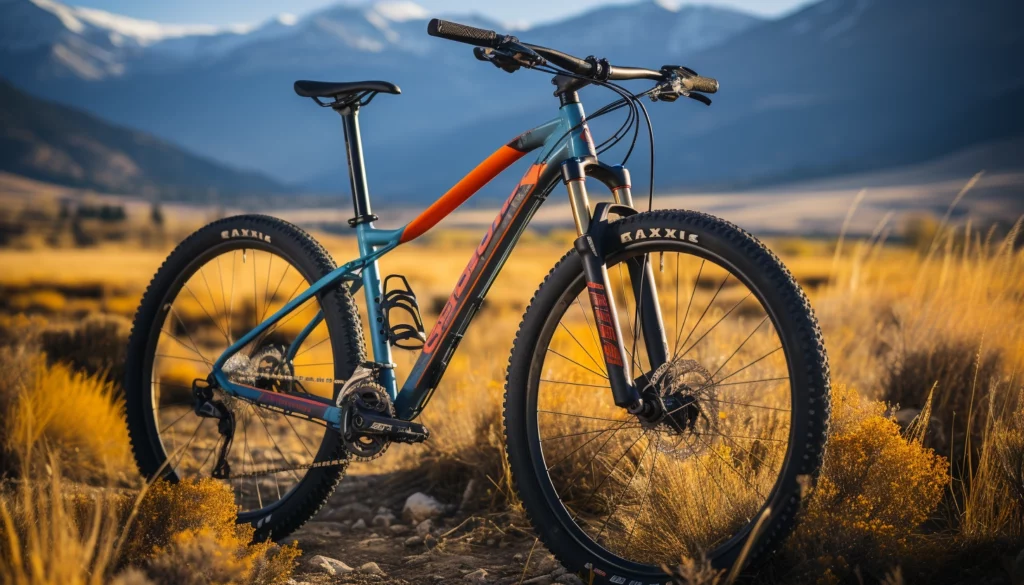Exploring the World of Hardtail Mountain Bikes: Pros, Cons, and Best Models
For the avid mountain biker, the choice of bike can be as critical as a climber choosing their next set of ropes. Hardtail mountain bikes have always been a staple in the off-road cycling community, and for good reason. Their straightforward design and hardy nature make them a favorite for many enthusiasts. But choosing the right hardtail isn’t as simple as pointing to one on a store rack – it requires understanding the nuances that make a bike the perfect fit for the types of trails and riding styles. In this comprehensive overview, we’ll ride through the rugged terrain of hardtail mountain bikes, uncovering the numerous benefits and a few trade-offs that come with them.

Pros of Hardtail Mountain Bikes
Lightweight and Efficient
The absence of rear suspension not only shaves off precious pounds from the bike but it also provides a more direct power transfer from your legs to the pedals. For pure trail riders or those who enjoy more uphill than down, a hardtail’s lightweight frame is a boon. This efficiency allows riders to tackle trail climbs with less energy wasted in suspension bob, making hardtails ideal for long rides and endurance events.
Greater Power Transfer
With a stiff frame and no rear shock, the rider’s power is sent directly to the rear wheel. This limits energy loss on climbs and sprints when compared to full-suspension bikes where some power can be absorbed by the suspension system. Whether you’re racing up a hill or pedaling through technical sections, the responsiveness of hardtails can make a noticeable difference in your overall performance.
Lower Maintenance Costs
The lack of rear suspension means fewer parts that could potentially require maintenance or replacement. This is especially appealing for riders who prefer to do their own repairs, as it can be less expensive and less complicated to maintain a hardtail over its full-suspension counterpart. A well-maintained hardtail can promise years of service with minimal upkeep required.

Cons of Hardtail Mountain Bikes
Less Comfort on Rough Terrains
One of the most significant drawbacks is the impact on rider comfort, especially on trails with rough or uneven surfaces. Without rear suspension to absorb the shock, the rider bears the brunt of the terrain. This can lead to a more fatiguing ride, particularly on longer or more aggressive trails. Riders may feel more vibration and shock to their body, which can lead to a less comfortable and potentially less enjoyable experience.
Limited Shock Absorption
The rear suspension isn’t just about comfort – it’s about control. When tearing down rocky descents or landing jumps, not having that rear shock can make it harder to maintain traction and control, resulting in more jarring experiences and potentially slowing your ride. While experienced riders can compensate with technique and body positioning, the difference is noticeable, and it’s something that all riders should consider when choosing between hardtails and full-suspension bikes.
Best Models in the Market
As the market for hardtail mountain bikes continues to grow, several models stand out for their quality, performance, and value. Here’s a snapshot of some of the leading hardtail mountain bikes currently available.
Top Hardtail Mountain Bikes Reviewed
Model A
Model A is a true all-rounder, equipped to handle most terrains with ease. Its geometry favors stability and control, making it an excellent choice for novice riders. The frame is crafted from a robust and lightweight material, providing an ideal blend of durability and maneuverability. With a responsive front suspension fork that smooths out the trail in tandem with the hardtail frame, Model A strikes an admirable balance between comfort and efficiency.
Model B
The focus of Model B is unapologetically on speed. With a race-inspired geometry, this bike excels on smoother, faster trails but still offers the reliability needed for technical ascents and descents. Its minimalist design, coupled with high-quality components, results in an incredibly nimble and agile ride. While it sacrifices a bit in comfort on rough trails, the tradeoff may be well worth it for riders who value speed and responsiveness above all.
Model C
For those interested in pushing the limits of their local trails, Model C is the undisputed champion. This bike’s robust frame and components are designed to handle the most demanding terrain, from relentless rock gardens to the steepest climbs. Its enhanced shock absorption from a premium front fork ensures that even the wildest trails won’t rattle your teeth loose. Model C prioritizes performance and build quality, making it a choice for more experienced riders looking to step up their game.
Features Comparison and Recommendations
While all these models represent the best in hardtail technology, they each cater to different styles and levels of trail riding. Choosing the right model for you will depend on a variety of factors, including the nature of the trails you ride, your level of experience, and personal riding preferences.
Consider what aspects of your riding experience are most important to you – be it speed, control, terrain versatility, or comfort. Test-riding a few models or even renting different hardtails can provide valuable insight into which bike will be the best fit.
Conclusion
Hardtail mountain bikes are a tried and tested option for anyone hitting the trails. They offer a more direct and efficient power delivery system that can enhance your riding experience in various ways. However, in return, they do ask for a bit more from the rider in terms of control and comfort. Full-suspension bikes have their place, but the simplicity and ruggedness of hardtails are tough to beat, especially when chosen wisely.
For the mountain biking enthusiast, the decision between a hardtail and a full-suspension shouldn’t be rushed or taken lightly. It’s an investment in not only a piece of premier technology but also in the kind of adventures and experiences you want to shape. With this guide and a bit of introspection, you’re well on your way to finding the hardtail mountain bike that will be your trusted companion on countless trails to come.






